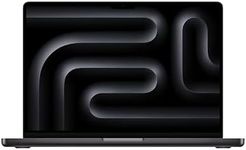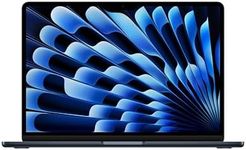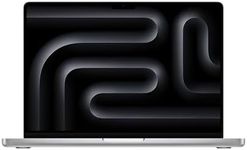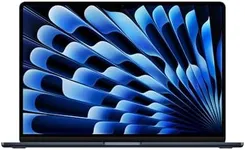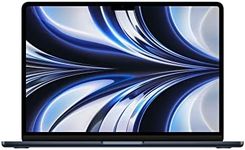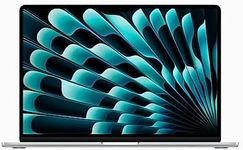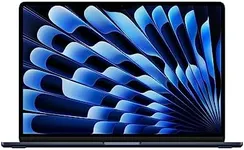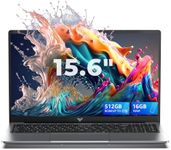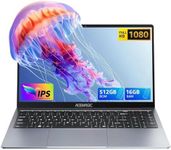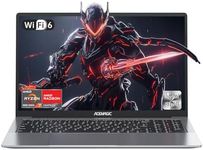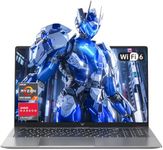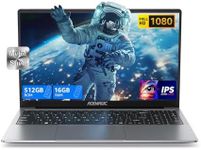Buying Guide for the Best Macbooks
When choosing a MacBook, it's important to consider how you plan to use it. Whether you're a student, a professional, or someone who needs a laptop for everyday tasks, understanding the key specifications will help you make an informed decision. MacBooks are known for their sleek design, robust performance, and seamless integration with other Apple products. However, different models cater to different needs, so it's crucial to match the specifications with your personal requirements.Processor (CPU)The processor, or CPU, is the brain of your MacBook, determining how fast and efficiently it can run applications. For basic tasks like browsing and word processing, a dual-core processor might suffice. However, for more demanding tasks like video editing or software development, a quad-core or higher processor is recommended. Consider your typical usage: if you run multiple applications simultaneously or use resource-intensive software, opt for a more powerful CPU.
Memory (RAM)RAM, or Random Access Memory, affects how many applications you can run at once and how smoothly they operate. For general use, 8GB of RAM is usually adequate. If you plan to use your MacBook for professional-grade software, gaming, or multitasking with many applications, 16GB or more is advisable. Think about your multitasking habits and the software you use to determine the right amount of RAM.
StorageStorage determines how much data you can keep on your MacBook, including applications, documents, photos, and videos. SSDs (Solid State Drives) are standard in MacBooks, offering faster performance than traditional hard drives. For basic use, 256GB might be enough, but if you store large files or have a vast media library, consider 512GB or more. Assess your storage needs based on your data usage and whether you use cloud storage solutions.
DisplayThe display size and quality can impact your experience, especially if you use your MacBook for design work or media consumption. Retina displays offer high resolution and vibrant colors, which are great for creative professionals. A 13-inch display is portable and sufficient for most tasks, while a 15-inch or larger display provides more screen real estate for multitasking or detailed work. Consider how you use your laptop and whether portability or screen size is more important to you.
Battery LifeBattery life is crucial if you need to use your MacBook on the go without frequent access to a power outlet. MacBooks generally offer good battery life, but it varies between models. If you travel often or work remotely, prioritize models with longer battery life. Think about your daily routine and how often you can charge your device to decide the importance of battery longevity.
GraphicsGraphics capabilities are important if you plan to use your MacBook for gaming, video editing, or 3D modeling. Integrated graphics are sufficient for everyday tasks and light creative work, but dedicated graphics cards provide better performance for graphics-intensive applications. Evaluate your need for high-end graphics based on the software you use and the type of work you do.
Ports and ConnectivityPorts and connectivity options determine how you can connect your MacBook to other devices. Consider the types of peripherals you use, such as external monitors, storage devices, or other accessories. USB-C ports are common in MacBooks, offering versatility but may require adapters for older devices. Assess your connectivity needs and ensure the MacBook you choose supports your existing devices and future requirements.
